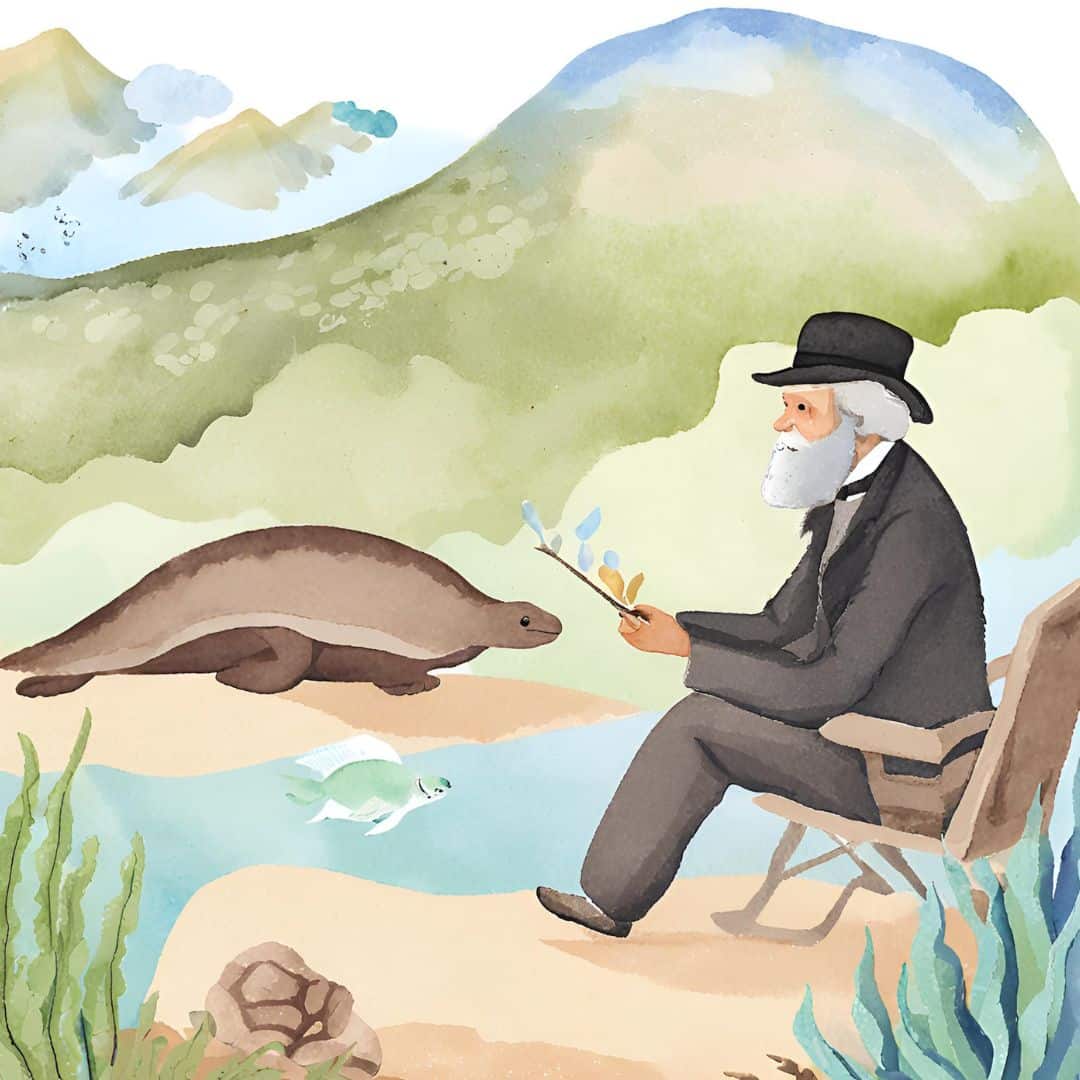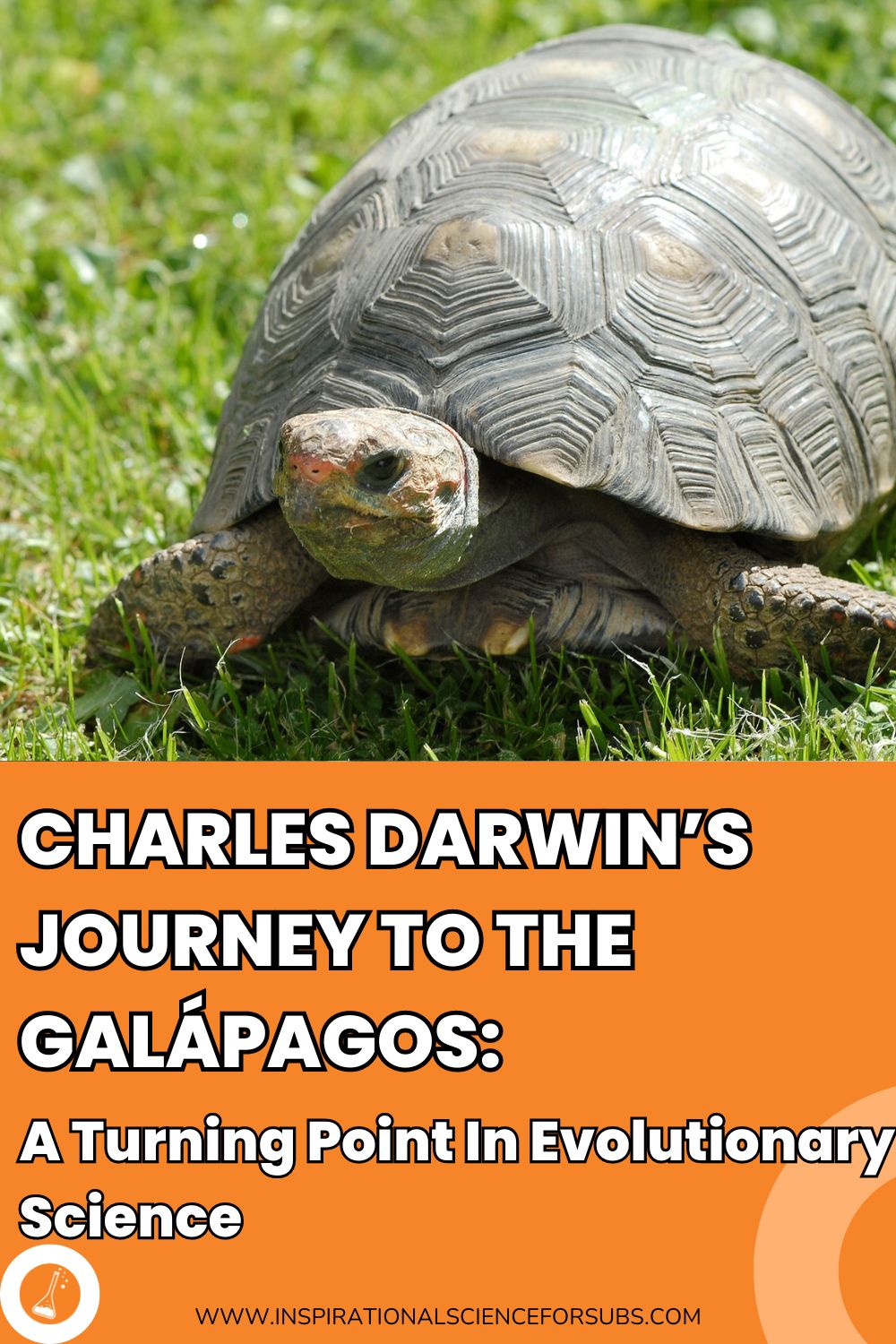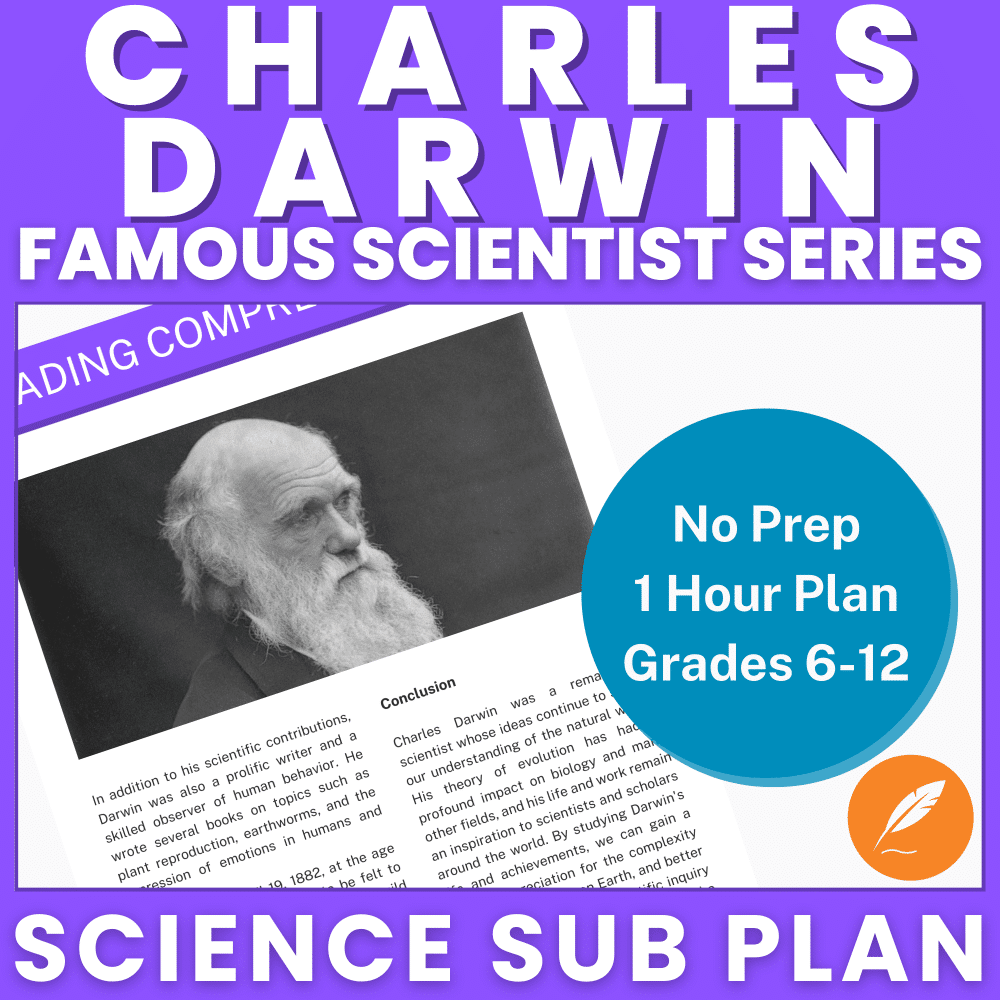Ever fancied yourself as a time traveller? Well, grab your imaginary suitcase, 'cause we're about to hop aboard the HMS Beagle and join young Charles Darwin on his epic voyage to the Galápagos Islands. It's not just any old trip, mind you - this journey would spark a scientific revolution that'd turn our understanding of life on Earth on its head!
You're about to discover how a curious chap with a penchant for beetles stumbled upon the key to unlocking life's greatest mysteries. From finches with peculiar beaks to tortoises of monstrous proportions, Darwin's observations would lead him down a path that'd change everything. But what exactly did he see that was so groundbreaking?
More...
The Background: Charles Darwin Before the Galápagos
From Beetle-Mad Boy to Budding Naturalist
Charles Darwin wasn't always the bearded sage we see in history books. Once upon a time, he was just a lad with an insatiable curiosity for the natural world. Born in 1809, young Charlie was more interested in collecting beetles than hitting the books at school.
Darwin’s Ticket to Adventure
Fast forward to 1831, and our beetle-loving boy had grown into a 22-year-old Cambridge graduate with a degree in - wait for it - theology! But fate had other plans. When the opportunity to join the HMS Beagle on a five-year voyage around the world came knocking, Darwin jumped at the chance.
Little did he know, this trip would be the catalyst for a revolutionary theory that'd shake the scientific world to its core. So, next time you're feeling a bit lost in life, remember: sometimes the most unexpected opportunities can lead to world-changing discoveries!
Check out our Charles Darwin lesson plan on TPT - complete with Reading Comprehension, a WebQuest, Case Studies and Debate Topics!
Charles Darwin Arrives at the Galápagos Islands
Welcome to Nature's Laboratory
After nearly four years at sea, the HMS Beagle finally dropped anchor at the Galápagos Islands in September 1835. Picture this: a young Darwin, eager as a puppy, stepping onto these volcanic islands for the first time. The air thick with the squawks of unusual birds, the ground crawling with peculiar creatures - it was like he'd landed on another planet!

Darwin’s First Impressions
Darwin's initial reaction? Well, let's just say he wasn't exactly blown away by the scenery. In his journal, he described the islands as "rather uninviting". These seemingly barren rocks were about to provide the key evidence for his groundbreaking theory.
Check out our Charles Darwin Word Search on TPT - complete with a WebQuest and Discussion Questions - perfect Bell Ringer tasks!
Darwin’s Observations and Discoveries
The Finch Frenzy
Now, this is where things get really interesting. Darwin noticed something odd about the local birds, particularly the finches. These little feathered friends had beaks of all shapes and sizes, each perfectly suited to their specific island habitat. It was as if nature had been playing a grand game of 'Mix and Match'!
Tortoise Tales
But it wasn't just the birds that caught Darwin's eye. The giant tortoises of the Galápagos were a sight to behold. Darwin learned that the locals could tell which island a tortoise came from just by looking at its shell shape. Talk about a living map!
The Penny Drops
As Darwin hopped from island to island, a pattern began to emerge. The wildlife on each island was similar, yet distinctly different. It was like looking at a family photo album - you could see the resemblances, but each 'cousin' had its own unique features. This observation would become the cornerstone of his theory of evolution by natural selection.
Check out our Primary School Charles Darwin lesson plan on TPT - complete with Story Time, Rhyme Time, True/False Factoids, Difficult Words Explained and a Coloring In Activity!
Post-Galápagos: Developing the Theory of Evolution
The Slow Burn of a Revolutionary Idea
After bidding farewell to the Galápagos, Darwin didn't immediately shout "Eureka!" and pen his famous theory. Oh no, this was more of a slow cooker situation. For years, the observations he'd made simmered away in his mind, gradually coming together like pieces of a puzzle.
The Lightbulb Moment
It wasn't until 1838, a full three years after his Galápagos adventure, that Darwin had his big breakthrough. Inspired by an essay on human population growth, he realised that in nature, only the fittest survive to reproduce. This was the missing ingredient in his theory of evolution by natural selection.
From Notebook Scribbles to Scientific Sensation
Darwin spent the next two decades refining his ideas, filling notebook after notebook with thoughts and observations. Talk about a long-term project! Finally, in 1859, he published "On the Origin of Species", forever changing our understanding of life on Earth.
Check out our Evolution Task Cards on TPT - complete with 3 difficulty levels; Easy, Medium, Hard. Perfect to keep ALL your students engaged, regardless of their abilities!
Charles Darwin’s Impact on Evolutionary Science
A Scientific Earthquake
Charles Darwin's theory of evolution hit the scientific community like a ton of bricks. It explained the diversity of life in a way that no one had ever done before. Suddenly, the pieces of the biological puzzle started falling into place.
Beyond Biology
But the impact of Darwin's work wasn't limited to just biology. His ideas influenced fields as diverse as psychology, sociology, and even economics. It's fair to say that Darwin's theory evolved our understanding of, well, pretty much everything!
Inspiring Future Generations
Darwin's journey to the Galápagos continues to inspire scientists today. His approach - careful observation, critical thinking, and the courage to challenge existing beliefs - remains a blueprint for scientific discovery.
Famous Scientists: Trailblazers in History
No Prep Lesson Plan
Unleash the inner scientist in your students! This bundle ignites curiosity with five lesson plans on some of history's brightest minds.
Includes Sir Charles Darwin!
The Galápagos Islands Today
A Living Laboratory
Fast forward to today, and the Galápagos Islands are still a hotbed of scientific research. Scientists flock here to study everything from climate change to animal behaviour. It's like a real-life Jurassic Park, minus the scary bits!
Ecotourism and Conservation
The islands have also become a popular destination for eco-tourists. But with great popularity comes great responsibility. Efforts are ongoing to balance tourism with conservation, ensuring that the unique ecosystem Darwin studied remains intact for future generations.
Charles Darwin’s Galápagos expedition was a breakthrough in evolutionary science. Learn about the journey that changed everything. #Evolution #Darwin #Galápagos @inspirationalscienceforsubs
Misconceptions and Lesser-Known Facts
Darwin Didn't 'Discover' Evolution
Contrary to popular belief, Darwin didn't actually come up with the idea of evolution. That concept had been around for a while. What Darwin did was provide a mechanism - natural selection - to explain how evolution occurs.
The Beagle's Boozy Secret
Here's a fun fact for your next pub quiz: the HMS Beagle carried 250 gallons of rum for its five-year voyage. That's quite a party! Though we can't confirm whether this influenced Darwin's observations...
Darwin: The Reluctant Revolutionary
Despite developing a theory that would rock the scientific world, Darwin was actually quite a shy bloke. He delayed publishing his work for years, partly due to fear of the controversy it would cause. Who knew world-changing scientists could get stage fright too?

Enjoyed the article?
Darwin’s Contribution to Science - Summary
In a nutshell, Charles Darwin's trip to the Galápagos was a game-changer. This unassuming voyage transformed a beetle-loving lad into the father of evolutionary theory. From finches with funky beaks to shell-shocked tortoises, the islands' unique wildlife sparked an idea that would revolutionise biology.
Darwin's observations in the Galápagos laid the groundwork for his theory of evolution by natural selection, shaking up not just science, but society as a whole. Today, these islands continue to inspire researchers and eco-tourists alike.
So, next time you're feeling stuck, remember Darwin. Sometimes, the most extraordinary discoveries come from simply paying attention to the world around you. Who knows? Your own Galápagos moment might be just around the corner!




